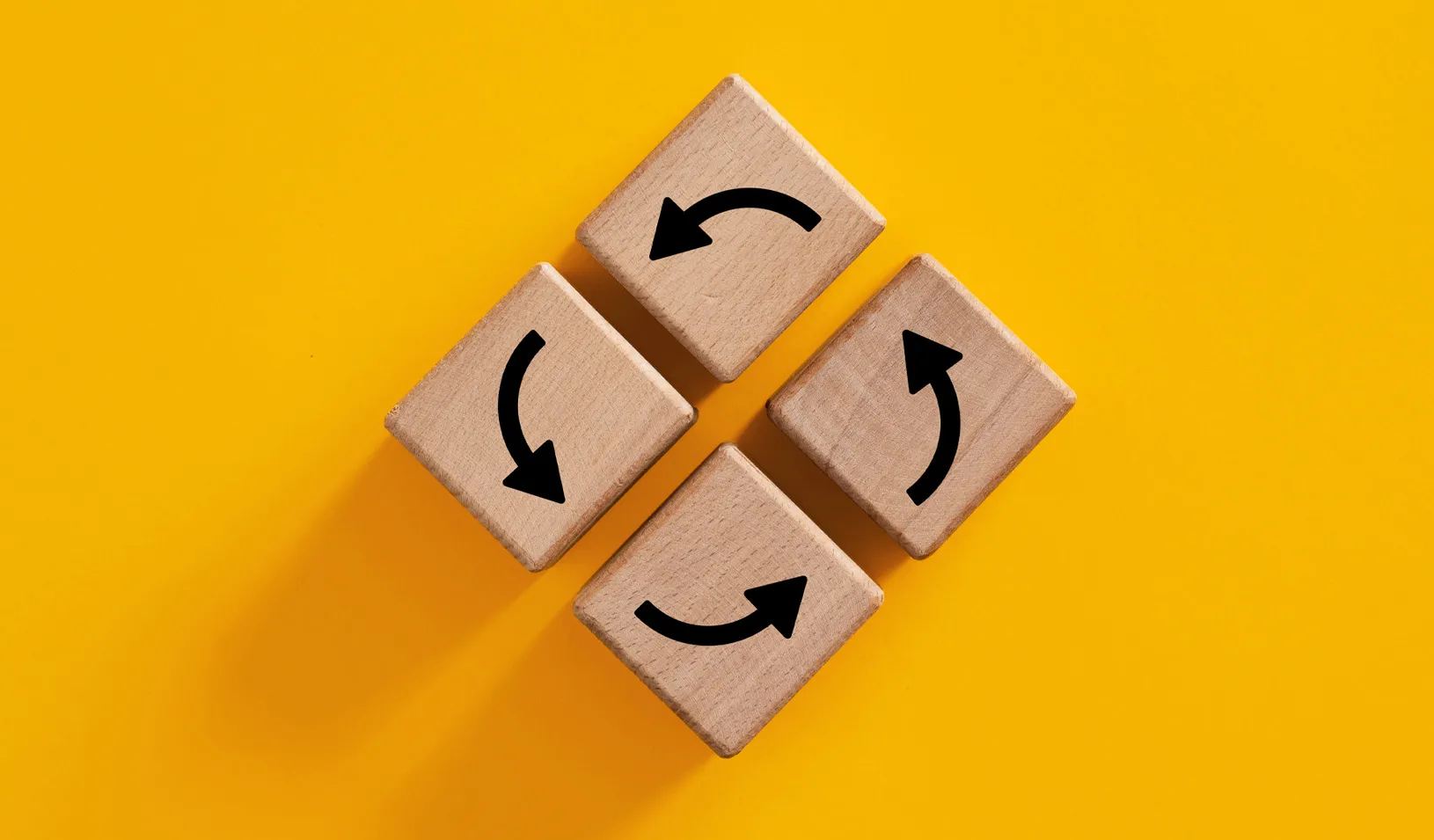Auto-Renew Snags New Subscribers — But It’s Not a Good Way to Keep Them
Companies seeking loyal consumers shouldn’t take advantage of their tendency to stick with unwanted subscriptions.
March 01, 2023

In a study, around half of newspaper readers with auto-renew paid for subscriptions they didn’t want. | iStock/cagkansayin
If you pay a monthly fee for a movie site you rarely visit or a newspaper you never read, you know that people who sign up for a subscription that automatically renews will keep paying for a product or service for months or years, even if they don’t use it.
Just like objects in motion or at rest, consumers are subject to inertia — they tend not to act and instead stay with the status quo. “There’s this widely documented pattern of people not changing their auto insurance or mobile phone carriers,” says Navdeep Sahni, an associate professor of marketing at Stanford Graduate School of Business, “And for good reason. There’s a lot of inertia out there.”
Some firms design products that capitalize on consumers’ reluctance to change course and cancel unused subscriptions. At first blush, locking in customers may seem like a smart strategy. But when it comes to gaining paid subscribers for the long haul, is forcing auto-renew on your consumers truly a winning strategy? The answer, according to Sahni’s recent research, is no.
Sahni, along with Klaus Miller of HEC Paris and Avner Strulov-Shlain of Chicago Booth, was approached by a large European newspaper publisher looking to boost its subscription numbers. The researchers set out to investigate just how aware consumers are of their tendency to act in the context of auto-renew and auto-cancel subscriptions. The researchers conducted a two-year field experiment that followed more than 2 million potential new newspaper subscribers. When readers hit a paywall after exhausting their number of free articles or clicking on an article not available to non-subscribers, the researchers randomly assigned each person to one of eight experimental groups.
The eight groups were offered variations of contracts that automatically renewed or automatically canceled, a two- or four-week subscription offer, and a subscription price of zero euros or 0.99 euros (a little more than a dollar). Sahni and his colleagues then tracked the participants for the next 24 months to see if they chose to subscribe to any of the newspaper’s various options, including a daily pass, a short-term subscription, or an unlimited subscription.
Readers Prefer Auto-Cancel
The researchers found significant inertia. Around half of the people who took an auto-renewal contract ended up paying for a subscription they didn’t want. More than 40% of these potential subscribers were unaware they would behave this way, despite a 72% chance they wouldn’t cancel their auto-renewed subscription in a given month. On the other hand, people with auto-cancel contracts rarely renewed when presented with the option.
Still, the researchers discovered that consumers were sophisticated — many preempted the tendency not to act. At least 58% would not enter into a subscription contract they didn’t wish to take, while 24% to 36% of potential subscribers did not subscribe to the newspaper in the first weeks after they were offered an auto-renewal contract.
“There’s a widely held view that businesses might exploit consumers and make money using tools like auto-renewal contracts,” Sahni says. “One thing that gets less visibility, though, is the fact that consumers anticipate they might have this inertia later on, and account for it in their decision making.”
The researchers noticed that auto-renewals initially paid off by lifting the number of newspaper subscribers. While fewer people took the auto-renewal option in the first place, the subscription rate for people with auto-renew in the first four months was 20% higher than that of people with automatically canceling subscriptions. The newspaper’s revenue from new subscribers was up 21% from auto-renewal offers, too.
After one year, however, the subscription rate for people with auto-cancel was higher, and revenue from auto-renewal and auto-cancel was equivalent. At the two-year mark, any benefits from auto-renew had vanished — the newspaper ultimately had more subscribers from its auto-cancel offer.
Overall, the researchers determined that the newspaper’s number of new subscribers over the two years was 10% lower due to auto-renewal contract offers. Browsing history data showed that auto-renewed subscribers also rarely read the newspaper.
I’ll Quit Tomorrow
The findings challenge some common assumptions about attracting and retaining subscribers, such as the idea that making it harder for consumers to cancel a service will boost profits. And firms that analyze their auto-renew and auto-cancel data for just a few months might feel emboldened by the mistaken conclusion that auto-renew is optimal.
“Auto-renewal initially does look better,” Sahni says. “But many more people are willing to try a paid subscription if you give an auto-cancel contract. And, eventually, this is the strategy that pays off.”
Even though they are prone to inertia, consumers are sophisticated and will eventually find a way out of auto-renewal contracts. Sahni says that regulators might keep this in mind as they decide whether to step in to curb potentially exploitative business practices.
And while they may anticipate their future tendency not to act, consumers should be aware of the pitfalls of subscribing to a new platform or service, especially if the initial offer seems like a great deal. “Sometimes consumers don’t correct for it enough,” Sahni says. “There’s a little underestimation of our futuristic behavior.”
For media inquiries, visit the Newsroom.
Explore More

What Makes Some Words More Memorable Than Others?

To Make Influencers Seem More Authentic, Just Add #Friends



